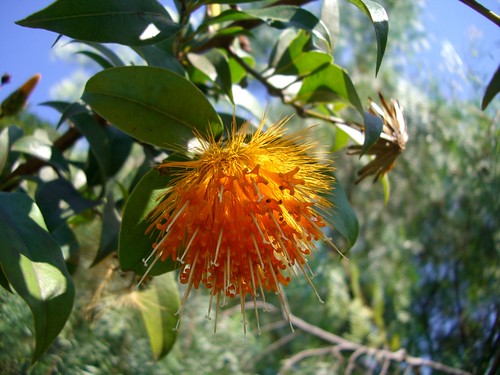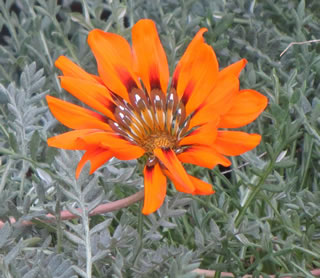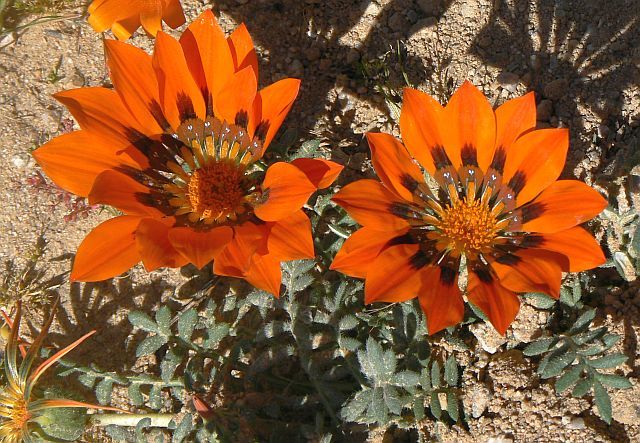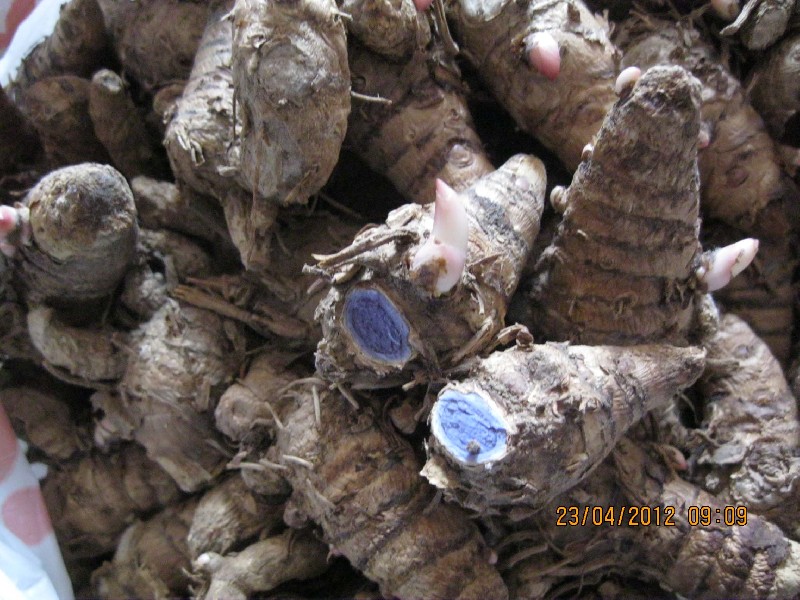This fairly typical thistle has red to purple flowers and shiny pale green leaves with white veins. Originally a native of Southern Europe through to Asia, it is now found throughout the world.
Seedling

Description
It grows 30 to 200 cm tall, having an overall conical shape with an approx. 160 cm max. diameter base. The stem is grooved and more or less cottony. With the largest specimens the stem is hollow.
The leaves are oblong to lanceolate. They are either lobate or pinnate, with spiny edges. They are hairless, shiny green, with milk-white veins.
The flower heads are 4 to 12 cm long and wide, of red-purple colour.
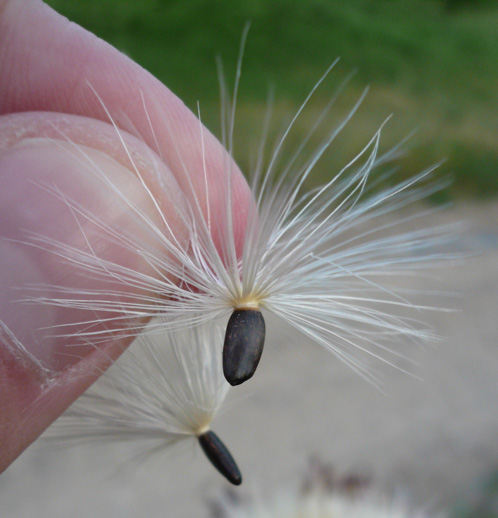
They flower from June to August in the North or December to February in the Southern Hemisphere ( Summer through Autumn ).The bracts are hairless, with triangular, spine-edged appendages, tipped with a stout yellow spine.
The achenes are black, with a simple long white pappus, surrounded by a yellow basal ring.


